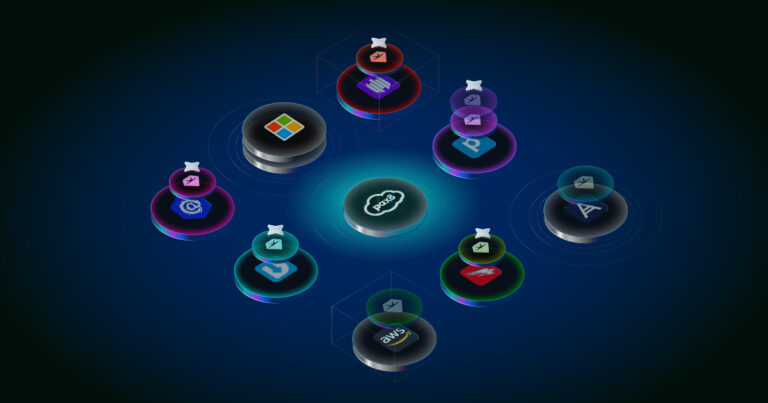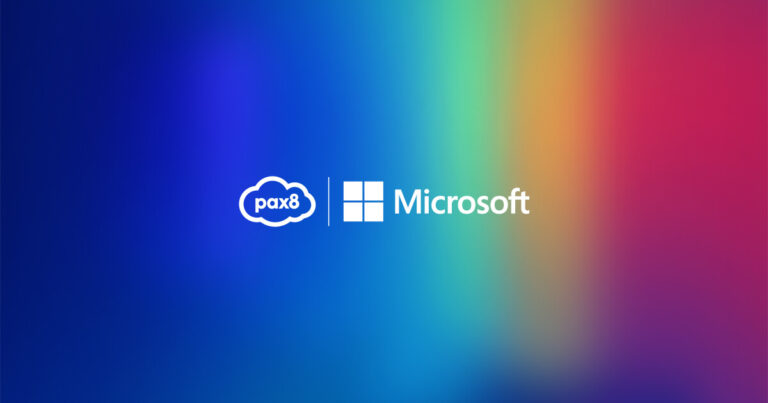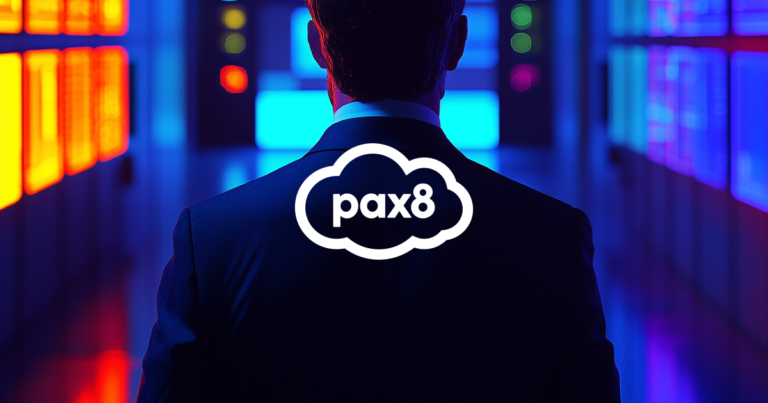Grow your business by transitioning to managed services.
IT services providers often start under the break-fix model, whereby they provide services to clients on an as-needed basis rather than having them pay a regular monthly fee for ongoing services. But shifting past this model and becoming a managed services provider (MSP) is crucial to not only modernizing your business but growing it as well.
Why You Should Switch to Providing Managed Services
Simply put, the break-fix model is becoming outdated—and those who do not modernize could soon find their business suffering. That’s because small- and medium-sized businesses (SMBs) increasingly look to managed IT services providers to keep them up-to-date with the latest technological advances rather than wait until they fall behind, so they can remain competitive.
Just look at the numbers: the MSP industry is projected to hit $296.4 billion globally by the end of this year, up from $173.4 billion in 2018. As more and more SMBs look to cut costs by reducing their need for on-premise networks and systems and instead opt for cloud solutions, Infrastructure-as-a-Service, and other cloud services, the global managed services industry is expected to keep growing at a compound annual growth rate (CAGR) of 13% through 2030.
It’s also more cost-effective to run your services in the cloud. It’s easier to add or remove users for cloud-based solutions, compared with licensing on-premise solutions, and every client can be one simple coding difference away from receiving the same new features on the solutions you offer. These factors let MSPs and their clients scale in ways their break-fix counterparts never could.
Hybrid and Remote Work Is Changing Business Needs
Hybrid and remote work were already becoming more common, but the COVID-19 pandemic launched that trend into overdrive. While only 8% of U.S. employees reported working remotely exclusively and 32% hybrid in 2019, those numbers shot up dramatically by 2022—and moving forward, 24% expect to be exclusively remote, and more than half (53%) expect to be hybrid.
“The world has shifted to remote, and it’s never going back …,” says Craig Donovan, Senior Vice President of Partner Services, Pax8, noting that Microsoft Teams seats nearly doubled in quantity over the course of six months in 2020. “Seventy-six percent of businesses plan on long-term IT changes resulting from COVID.”
With such a large number of employees working remotely, cloud services allow them to stay connected, collaborative, and productive, no matter where they work. And enabling this change allows you to position yourself as a problem solver to your clients.
Where to Start When Migrating from Break-Fix to Managed Services
With so many cloud services and offerings on the market, it may be daunting to figure out how to get started. When making the change from a break-fix model to providing managed services, many companies start with a PSA, or professional services automation. This serves as the backbone of a managed service provider by offering a comprehensive suite of tools designed to handle ticket tracking and management, inventory, client data, and billing tasks such as quoting and invoicing.
“If you are still running your business off of email and manual spreadsheets, it’s almost a certainty that you are leeching money through mistakes and inefficiency,” Donovan explains.
Using a cloud marketplace with a PSA integration tool can make it easier to get started. Pax8 lets MSP partners integrate between the Pax8 Marketplace and their PSA integration tools so they can easily manage platforms, usernames, and passwords, as well as easily capture changes in licensing costs or tiers.
In addition, you can set yourself up for success as an MSP by offering RMM, or remote monitoring and maintenance, which allows you to remotely manage technology systems, including servers, networks, and equipment. Using RMM technology means you can remotely deploy software and updates, audit inventory, and troubleshoot tickets so you can solve your clients’ technological issues before they get worse.
How Migrating to Managed Services Has Benefited Pax8 Clients
Working with a cloud Marketplace like Pax8 helps organizations move from the break-fix model to managed services more quickly and scale more effectively. HCS Technical Services is just one example of a company that was looking to move into managed services and was able to get the support they needed in terms of technology, education, and customer service. Now, they’re able to provide their customers with several SaaS and IaaS solutions, helping them keep up with customer demand and grow their business at the same time.
“The conversations with our account manager and the specialists at Pax8 provide us with a high value,” says Dustin Grenier, Operations Manager at HCS Technical Services. “As the industry changes and new technology vendors enter our space, Pax8 provides great recommendations for our clients’ technology stacks.”
Another company, Avitus Group, saw that its customers were increasingly requesting cloud solutions during the pandemic. By using a PSA integration, they were able to easily offer those solutions and simplified their billing, saving about 5% on their bottom-line expenditure.
“The Pax8 PSA integration was a game-changer for us,” says Cole Halpin, Director of Avitus Technology Services. “Now, we account for every dollar spent, and the automation has limited the amount of human error on previously manual processes.”
It isn’t just access to cloud solutions with a PSA integration that Pax8 offers; it also provides Professional Services to help build multicloud environments, migrate client email environments to the cloud, or execute an IaaS migration.
Getting Started
You don’t have to go it alone when it comes to transforming your business. Let Pax8 guide you through the process so you can grow your business—now and into the future.





